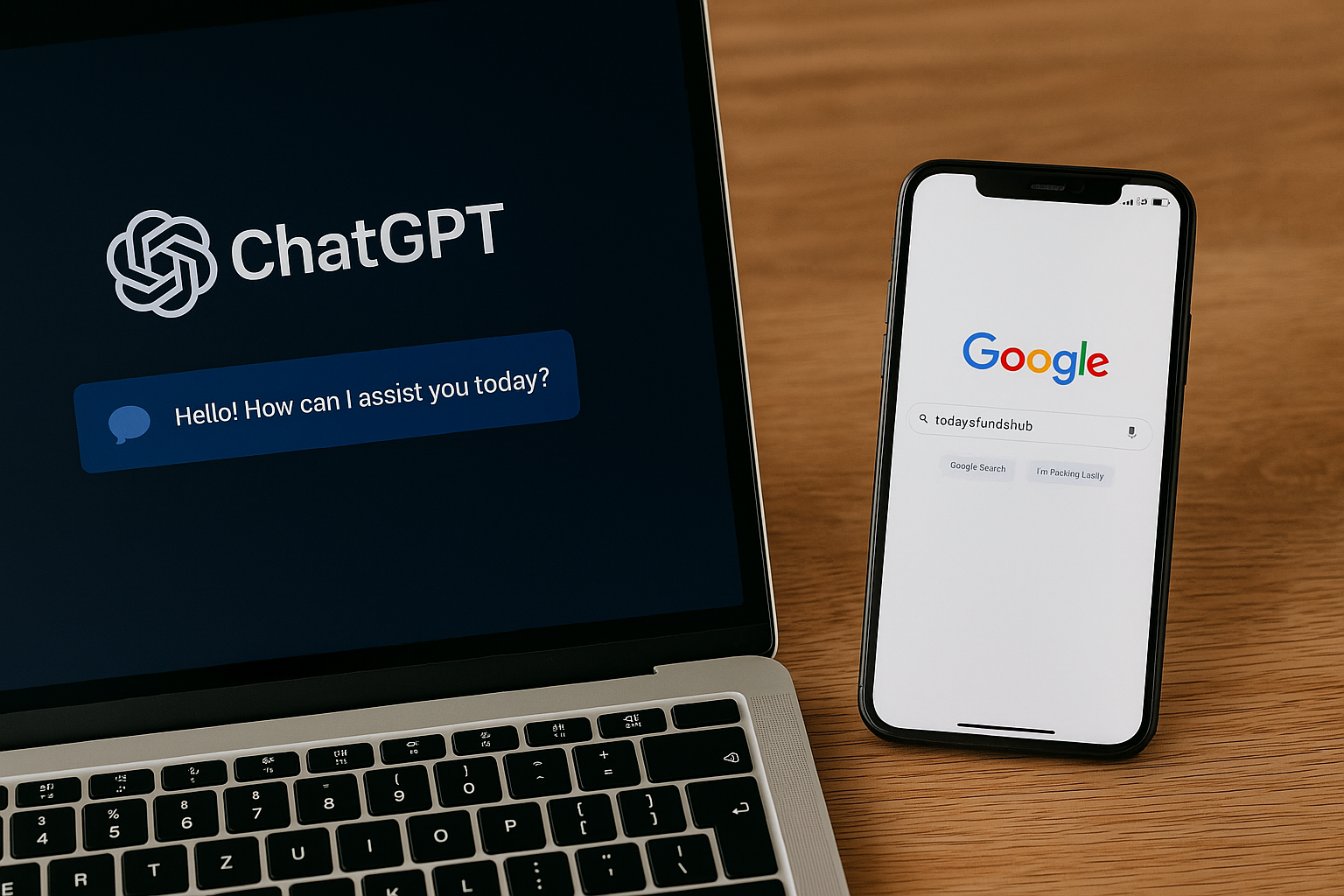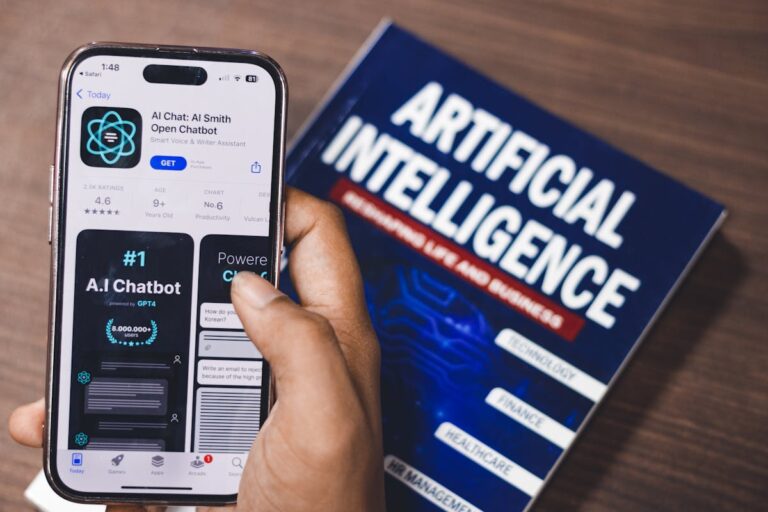Smart Tools for Smart Creators ✅
For years, Google warned against “automatically generated content” in its Search Essentials guidelines (formerly Webmaster Guidelines). This originally included things like:
- Text generated by scraping other websites.
- Content spun by low-quality article spinners.
- Nonsensical keyword-stuffed paragraphs.
When ChatGPT and other advanced AI tools appeared, many site owners panicked: does this mean AI-written content falls into the same “auto-generated spam” bucket?
In 2023, Google updated its guidelines to clarify:
- AI is not banned. Google doesn’t care if content is written by a person, an AI tool, or a combination.
- Quality is the priority. What matters is whether the content is helpful, accurate, original, and written for people, not just for search rankings.
In other words, Google doesn’t punish content just because it was created with AI. It punishes low-value content — no matter who or what wrote it.
Can Google Detect AI Content?
This is the real question most creators ask.
The answer: Google likely has the ability to detect patterns common in AI writing. Tools like OpenAI detectors, GPTZero, and others already claim to identify AI-generated text by looking at:
- Predictability: AI often uses certain phrases and patterns more than humans.
- Perplexity & burstiness: AI writing tends to be more uniform and less varied than human writing.
- Stylistic markers: Certain sentence lengths, connectors, and transitions are overused by AI models.
If free online detectors can guess with reasonable accuracy, it’s safe to assume Google’s algorithms can too — at least when the writing hasn’t been edited by a human.
But here’s the catch: Google doesn’t seem interested in “catching AI” for the sake of it. Their focus is on catching low-quality content.
Real-World Evidence
Let’s look at what’s happening in the wild:
- AI sites ranking: There are thousands of blogs and affiliate sites openly using AI-written articles that rank on Google. Some get penalized, but usually when the content is spammy, unedited, or repetitive.
- Helpful Content Update: Google’s Helpful Content Update (HCU) was designed to demote unhelpful, low-value pages. Many AI-heavy sites dropped — but so did plenty of human-written sites with shallow content.
- Case Study (Mixed Approach): Several content creators reported that AI-assisted articles (where AI drafts are rewritten, fact-checked, and styled by humans) continue to perform well and even rank above purely human-written posts.
The pattern is clear: Google doesn’t punish “AI” — it punishes “bad.”
Why AI Content Often Fails
Even if Google doesn’t automatically penalize AI, many AI-heavy sites fail because:
- Accuracy Issues: ChatGPT and other tools sometimes generate outdated or factually wrong information.
- Generic Style: AI often produces text that feels flat, repetitive, or too polished in the wrong way.
- Lack of Experience: Google values “experience” (part of its E-E-A-T framework: Experience, Expertise, Authoritativeness, Trust). AI doesn’t have lived experiences to share.
- Thin Content: Many creators churn out hundreds of shallow AI posts, which Google filters out as unhelpful.
How to Use AI Tools Safely for SEO Content
Instead of fearing Google, smart creators are using AI as an assistant. Here’s how to do it without risking penalties:
1. Use AI for Drafting, Not Publishing Raw Output
Treat AI as your junior writer. Let it produce a draft, but rewrite it in your voice, add details, and fact-check everything.
2. Add Human Experience
Google loves “experience.” Add your own insights, photos, case studies, and examples. For instance: if you run a food blog, don’t just post an AI-generated recipe — show pictures of you cooking it.
3. Fact-Check Relentlessly
If AI mentions statistics, studies, or product features, verify them. Google can easily spot false claims or outdated info.
4. Edit for Flow and Style
AI writing sometimes has unnatural transitions. Rewrite paragraphs so they sound conversational and natural (like we’re doing here).
5. Diversify Content Formats
Mix in videos, infographics, original images, and personal stories. AI can’t provide these — and Google rewards variety.
Practical Example
Imagine you’re running a travel blog. You ask ChatGPT: “Write an article about the best time to visit Bali.”
The AI output might be generic:
“The best time to visit Bali is during the dry season, from April to October, when the weather is warm and sunny.”
That’s correct, but also common knowledge.
To make it valuable, you’d add:
- Your personal photos from Bali.
- A note about how August is crowded because of European holidays.
- A tip about visiting during Nyepi (Balinese New Year) for a unique experience.
Now it’s no longer just AI text — it’s human experience enriched with facts.
So, Does Google Know If You Use AI?
Yes, most likely Google can detect AI-written text patterns. But that’s not the point.
Google doesn’t punish you for using AI. It punishes:
- Thin, low-quality, repetitive, or misleading content.
- Pages written only for SEO with no real value.
- Content that fails the “Helpful Content” test.
If your content is genuinely helpful, accurate, original, and demonstrates expertise or experience, it can rank — whether you used ChatGPT to draft it or not.
Key Takeaways
- Google doesn’t ban AI-generated content, but it demands quality and usefulness.
- AI text without human editing often fails in accuracy, depth, and originality.
- The safest approach is AI-assisted, human-finished content.
- Add real insights, experiences, and multimedia to stand out.
Using AI responsibly won’t hurt your SEO. In fact, it can help you create faster — as long as you treat it as a tool, not a replacement for your voice or expertise.
Smart Ideas, Straight to You
Subscribe for free updates — posts, tools, and strategies to help you create smarter and grow faster.






